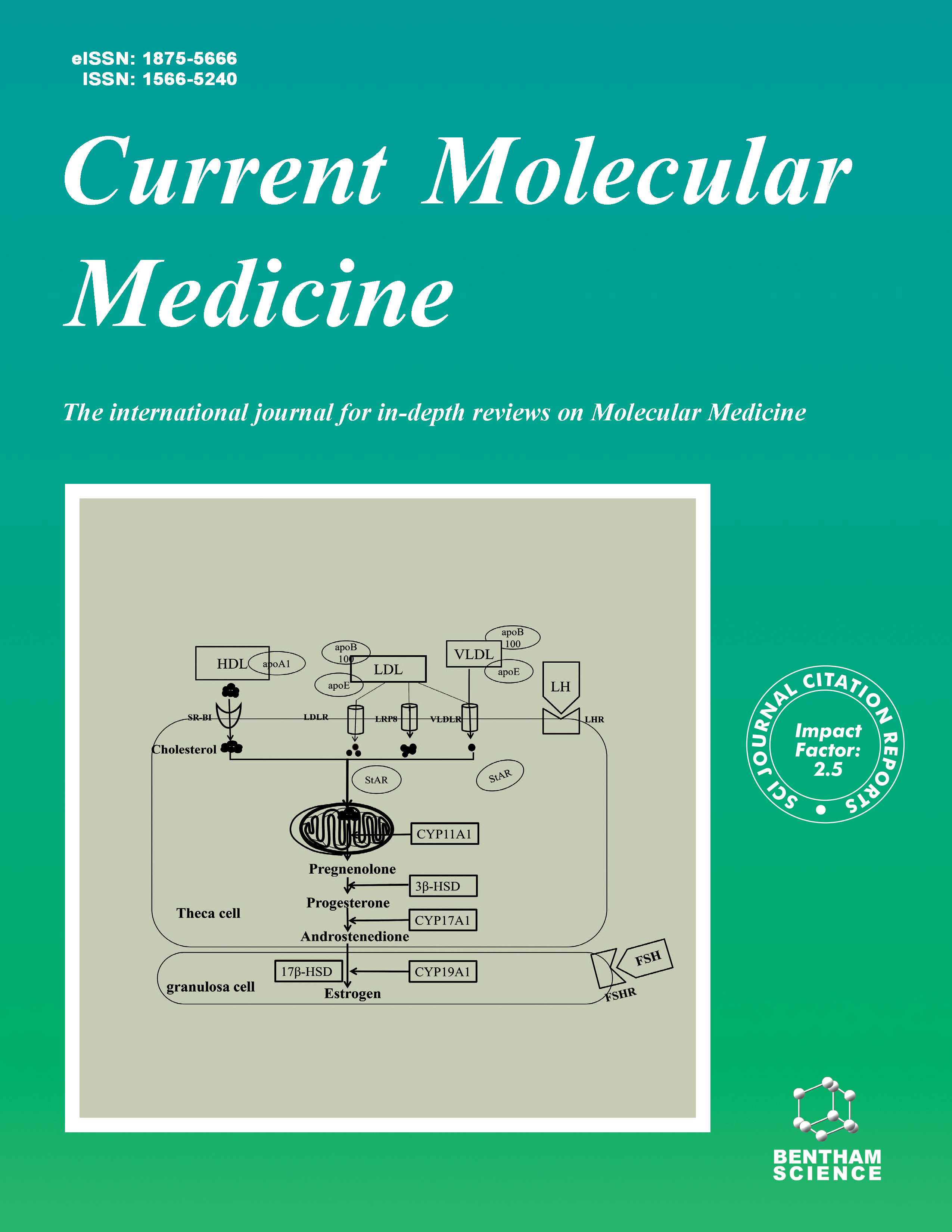-
oa Preparation of Menthyl 3-amino-4-(2,4,5-trifluorophenyl) Butyrate and Investigation of its Hypoglycemic Activity
- Source: Current Molecular Medicine, Volume 24, Issue 12, Dec 2024, p. 1550 - 1556
-
- 04 Apr 2023
- 24 Aug 2023
- 01 Dec 2024
Abstract
3-Amino-4-(2,4,5-trifluorophenyl) butyric acid has potential pharmacological effects in promoting insulin secretion. Menthol promotes drug transdermal absorption and hypoglycemic effects.
The objective of the study was to combine the 3-amino-4-(2,4,5-trifluorophenyl) butyric acid and menthol to develop a new candidate drug molecule that can be used as a hypoglycemic drug in type II diabetes.
In this study, the molecular structure of 3-amino-4-(2,4,5-trifluorophenyl) butyric acid in sitagliptin was modified by replacing pyrazine imidazole with menthol. The structure of the target compound was characterized by nuclear magnetic resonance (NMR). The anti-diabetic activity of BHF in N000180 BKS.Cg-Dock7m+/ +Leprdb/Nju mice with spontaneous diabetes was preliminarily studied.
A potential multi-target drug molecule, 3-amino-4-(2,4,5-trifluorophenyl) butyrate (BHF), was synthesized by combining 3-amino-4-(2,4,5-trifluorophenyl) butyric acid and menthol. BHF is suitable for hyperglycemic mice and has a significant hypoglycemic effect; the low dose of 10 mg/kg-1 started to be effective, and the high dose of 40 mg/kg-1 was more effective than the positive drug metformin.
In this study, BHF has been synthesized and presented significant antidiabetic activities.


